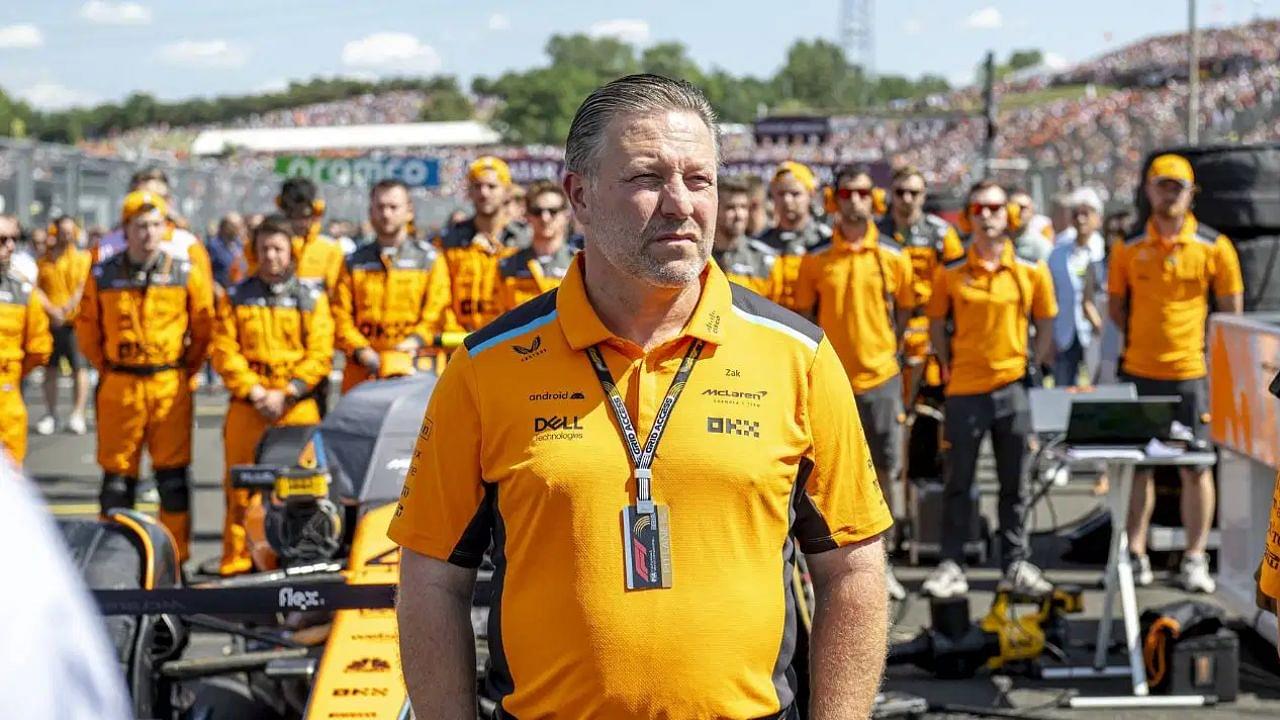With F1 being considered the hub of technology and innovation, many sectors of commerce and industry look up to the sport for inspiration. McLaren recently announced a collaborative effort with one of UK’s biggest infrastructure giants, Network Rail Limited, to transfer F1’s IP of connectivity to improve conditions for travelers and passengers all over the country.
Success and failure all depends on real-time communication in Formula 1.The same principles apply to a systematic mode of transport, on which the lives and schedules of millions rely. Then why can’t F1’s solutions be applied to them as well? This is exactly what McLaren seems to answer with their latest collaboration with the $19 Billion worth company that oversees the infrastructure of railway lines all over the UK.
Papaya perfection… #WhateverItTakes pic.twitter.com/vxdDuJh3pG
— McLaren (@McLarenF1) January 20, 2024
According to reports coming out of Gazzetta Motori,
“The objective is to improve traffic control by collecting as much information as possible on the conditions of the routes. The ideal recipe comes from the Circus: it is a 5G control unit reworked on the basis of that used in the world of racing.”
Strategic partnerships in F1 have always been a norm. In the past we’ve often seen the realms of Formula 1 technology being translated into road cars, for example. The most prominent example being the Mercedes AMG One. However, to see the same being applied to railway systems is surely a rarity.
How Formula 1 paved the way for today’s automotive industry
A lot of things we see in road-cars today have been implemented after years of experimentation in various ventures like Formula 1. For instance, today’s performance cars that wow the enthusiasts, have a semi-automatic transmission as a given. But it was F1 that gave birth to the ‘paddle-shifters’ in the first place.
It was the great Mauro Forghieri, Ferrari’s legendary designer, who had an epiphany for the 1989 season. Debuting the Ferrari 640, the iconic Italian team also debuted the now commonplace semi-automatic transmission system that eliminated the gear shift for a more comfortable and fast drive.
Legends last forever.
Remembering Mauro Forghieri. 1935 – 2022.It’s been an honour making history together. Ferrari and the world of motorsport will never forget you. ❤️
#essereFerrari @FerrariRaces @Ferrari pic.twitter.com/5CcWju2dPI— Scuderia Ferrari (@ScuderiaFerrari) November 2, 2022
Another technological innovation that has caught on since its inception in F1 is steering mounted controls. Whilst in the early days of the sport, the steering wheels were pretty simple, with each passing decade the wheel of an F1 car became a complex piece of engineering itself. Now, we see even the sturdiest of family cars have multiple controls accessible on the wheel itself.
Lastly, but most importantly, F1 is changing the way we commute. A decade ago, the sport debuted the turbo-hybrid era. With its move towards sustainability, the sport is also looking to infuse biofuels in the combustion engines from 2026 onwards. As a result, this particular trend has also been caught on by the contemporary automobile industry.



